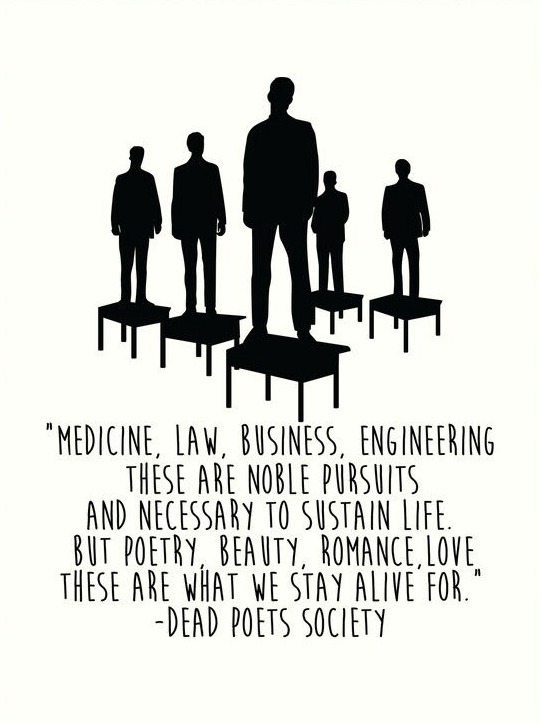
My incident detection & response approach
A business-aligned and adaptive Cyber Defence capabilities, enabled by a clear internal context knowledge and by the Cyber Threat Intelligence is the target to move towards in order to counter face the new challenging and dynamic cyber threats. In an asymmetric scenario, like a cyber security issue, trusted and skilled people, that perform process and use technologies, is the key factor to develop, implement and handle cyber defense activities and projects. The definition of a Cyber Defence maturity model allows for measuring the effectiveness and the efficiency of this new approach following an ad hoc roadmap tailored to the business sector, the regulations, the risk analysis, and the pre-assessed skills and capability in IT operation.
In implementing security controls and technologies my posture always keeps in mind the business, the customers, and the users: it is mandatory that all the security policies are usable for all players in your organization otherwise you will fail.
Try for a marathon, not for a sprint: It is a relay race, not a lonely escape. This is a looping challenge like a never-ending story.


